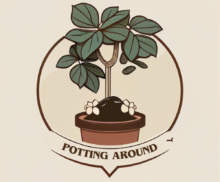Plants are by nature meant to grow and spread their roots in the ground. But our houseplants often find themselves confined in smaller pots that they will inevitably outgrow.
In order to make sure the root system stays healthy, it’s a good idea to regularly check the roots of your plants by lifting them out of the pot. This will help detecting any issue like root rot and give you an indication as to when to repot.
It’s also weirdly fascinating to look at what’s going on, underneath the soil.
Each plant has its own root system. Some, like the spider plant, form thick, tuberous roots where it stores significant amount of water. Others form a tangled mass of thin, hairlike roots, while succulent type plants like aloe vera or pilea peperomioides push their offshoots from the root system.
Think you know your houseplants well enough to tell one from another just by looking at its roots?
Scroll down for a oh-so satisfying root porn round up.
1.
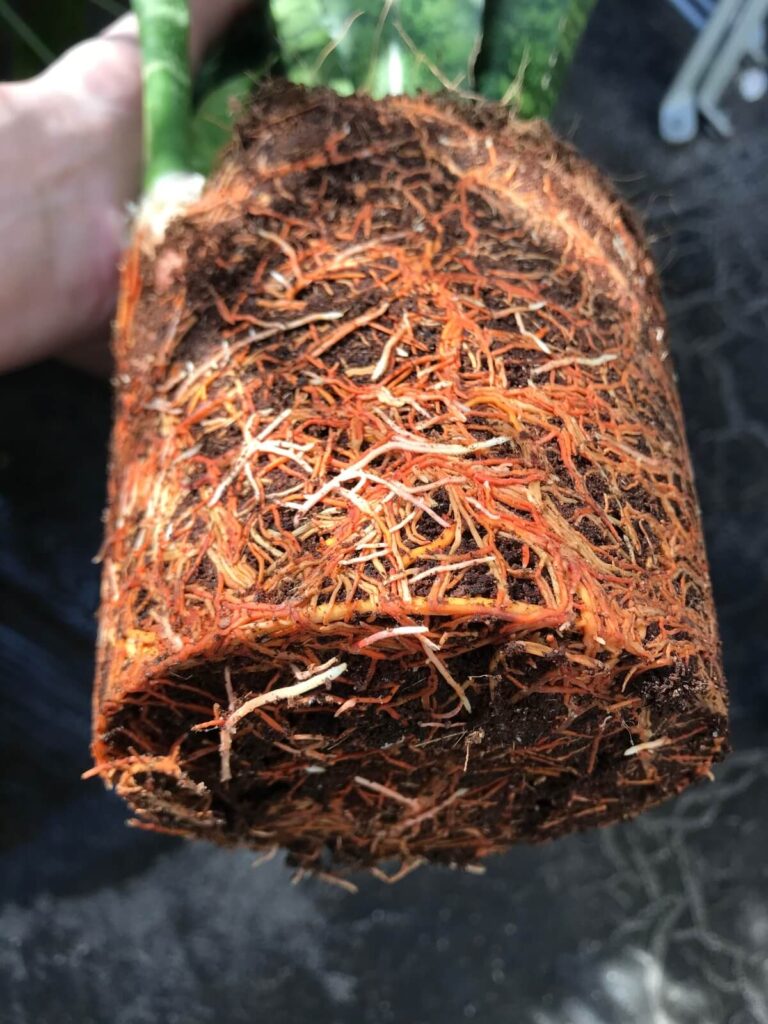
Snake plants (in this case Sansevieria trifasciata) form a tight clump of bright-coloured roots. They are very easy to propagate, by division for instance where the root system is divided into two or more parts. In this case, this one was definitely in need of a repotting.
2.
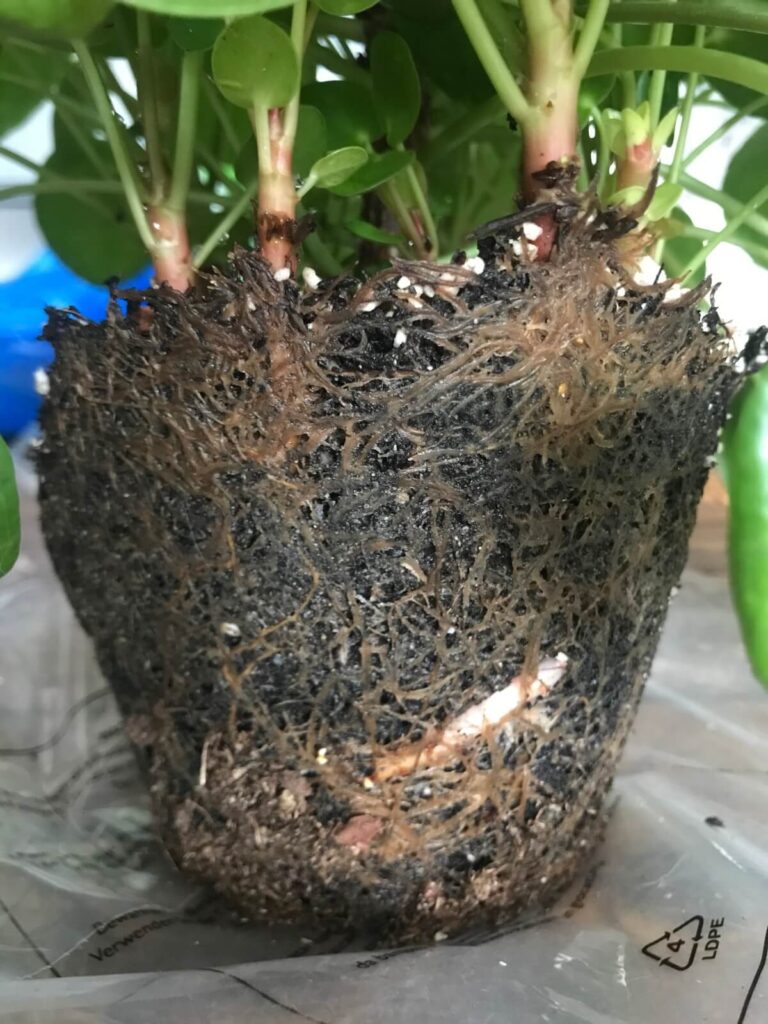
Pilea peperiomiodes is one interesting little houseplant. Their roots are quite thin, and covered with tiny, hair-like filaments. Looking at the root clump, we can see future pups starting to grow and making their way to the surface.
3.
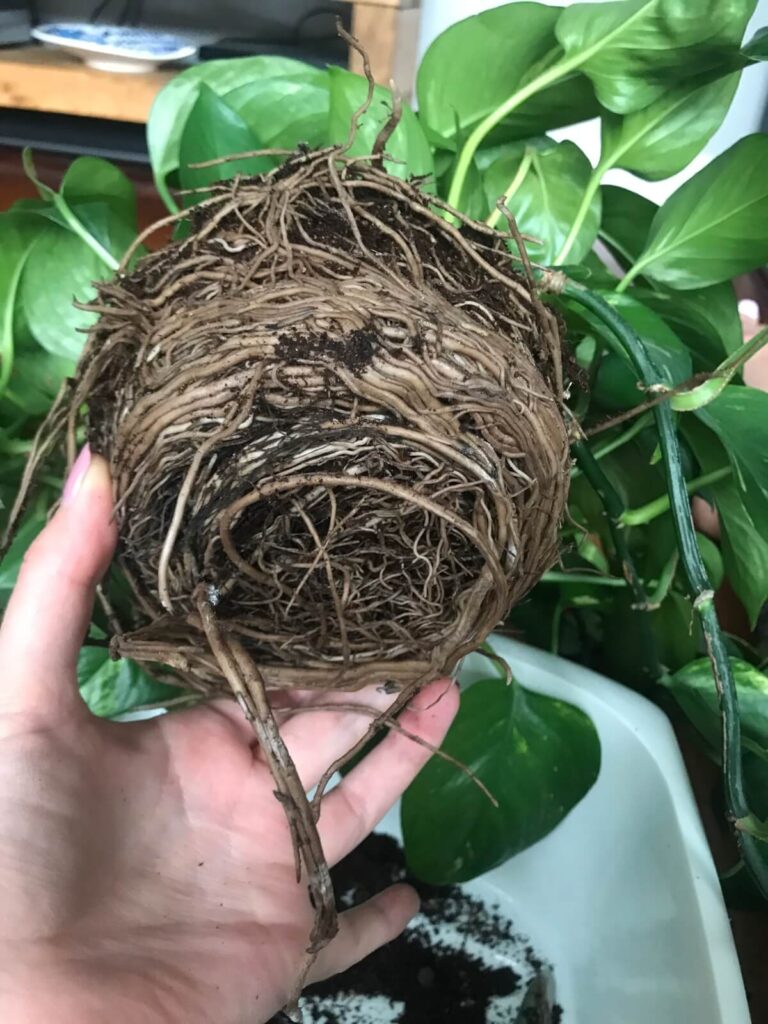
That’s one hell of a root bound Pothos! These plants grow by forming a tight system of interlaced roots, circling the inside of the pot. This one had definitely outgrown its tiny nursery basket and was desperately in need for a new home.
4.
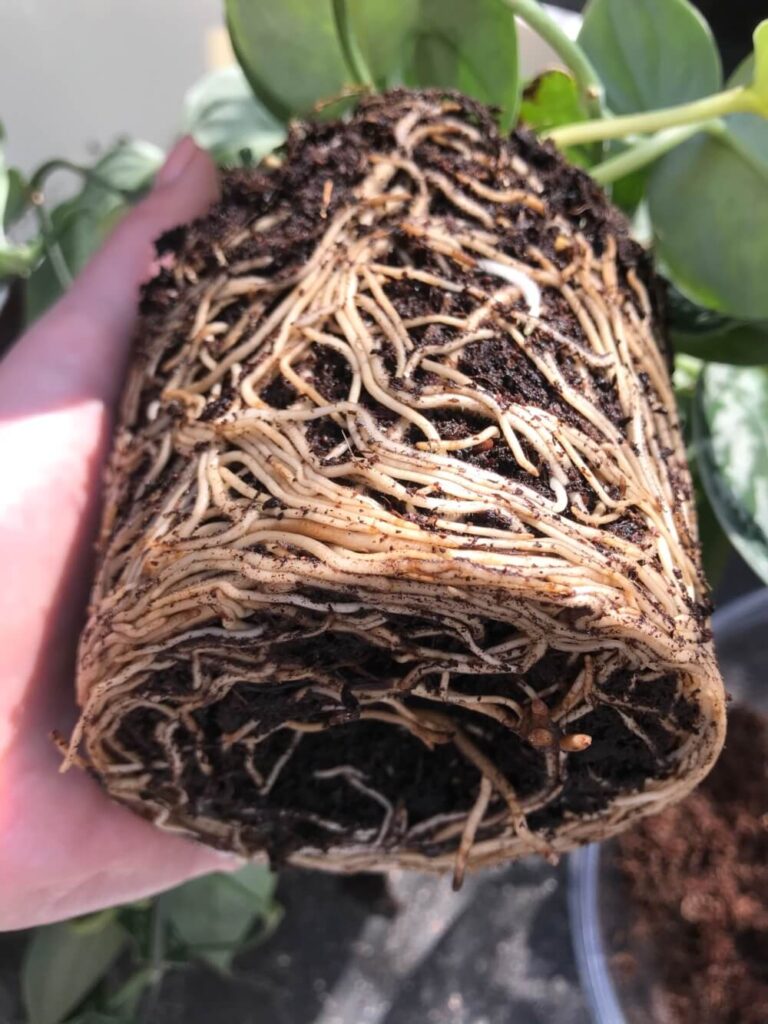
Is that roots or spaghetti? Just like Golden Pothos, Satine Pothos (or sometimes called Silver Pothos) develop quite an important root system. Their roots are thinner and somewhat brighter given them the appearance of noodles. Like other trailing plants, they can be propagated easily by cuttings or by division.

